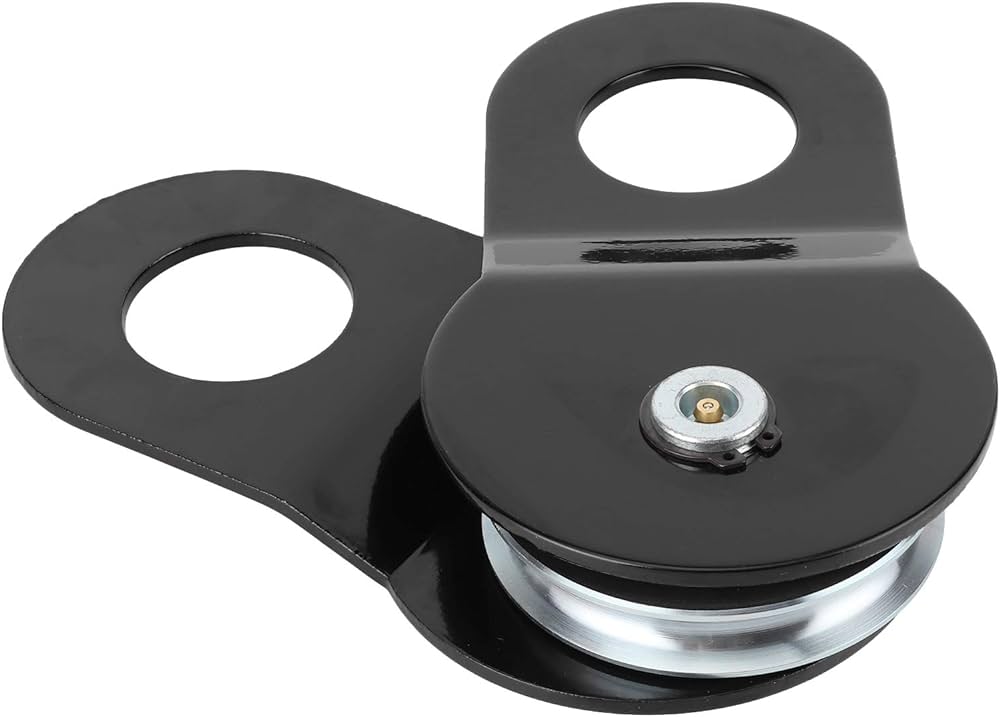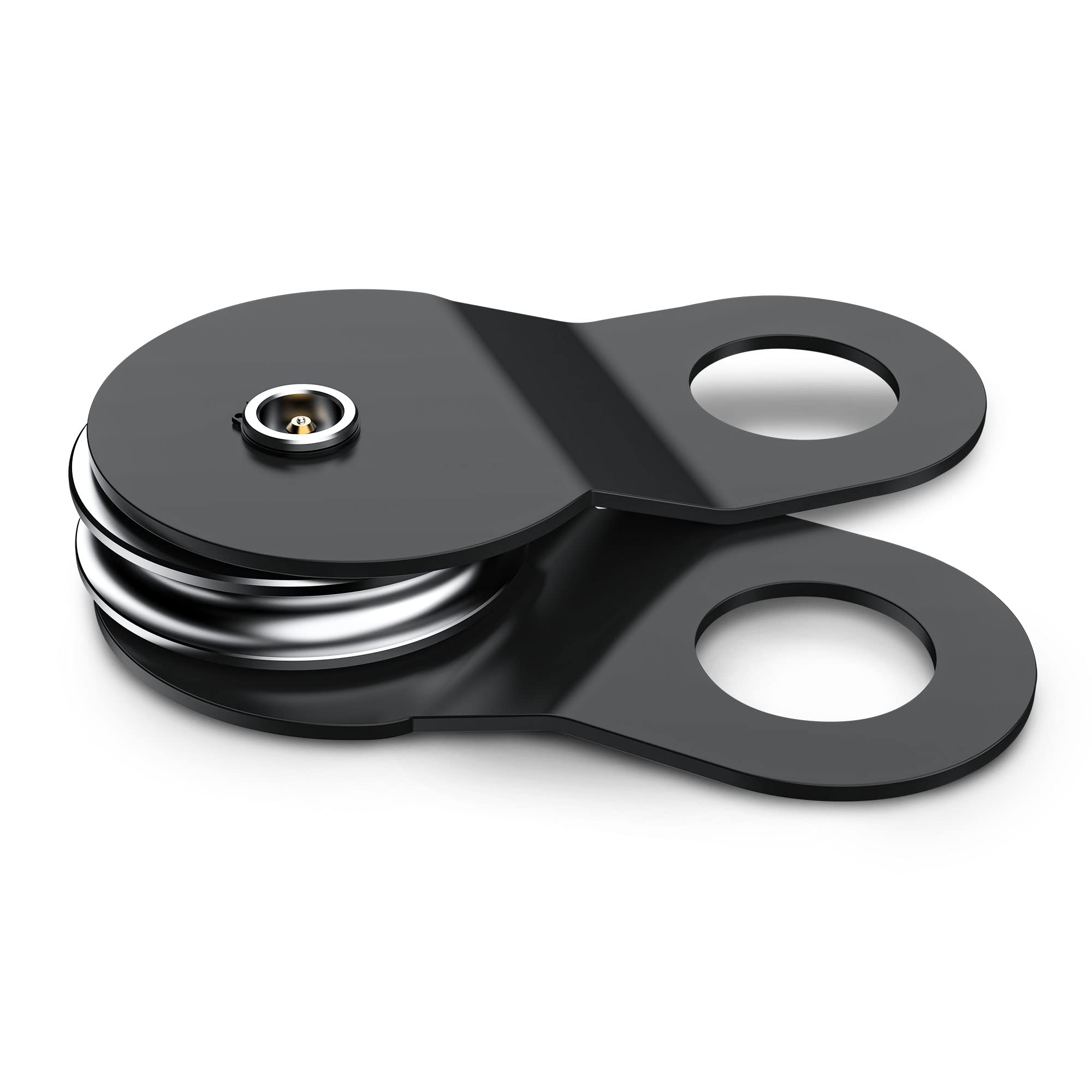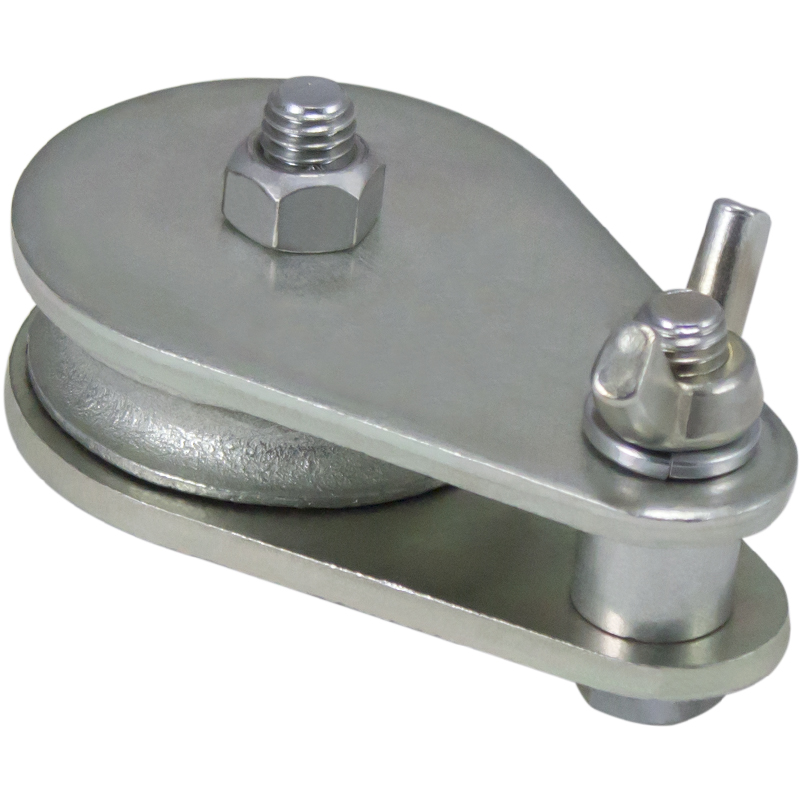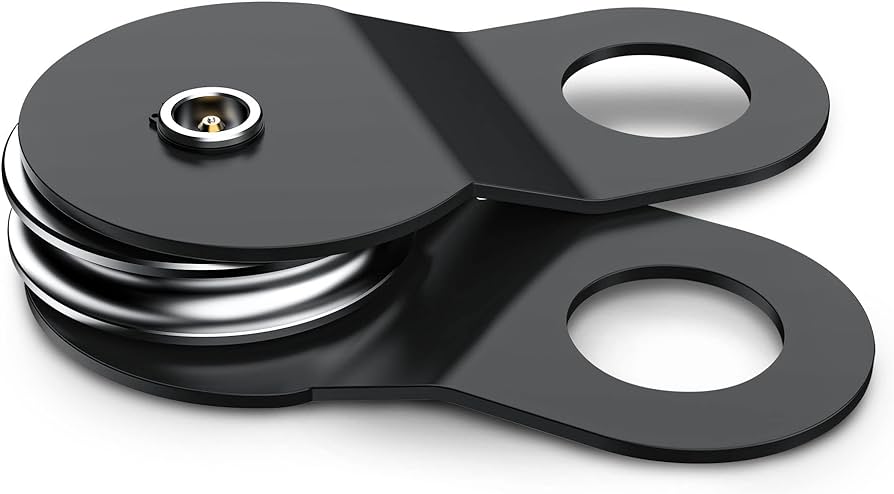Product Description
Durable Spare Parts Head Sheave/ Sheave Pulley/ Xihu (West Lake) Dis. Pulley
Product Introduction:
Xihu (West Lake) Dis. wheel device can transport the whole under the premise of swimming round and fixed wheel adopts integral cast joint structure, wheel hub, wheel rim for cast steel materials, spoke for the channel steel, after welding the whole annealing process again.
Considering the replacement bearing maintenance convenient, leave replace bearing remove space, guide wheel device structure adopted eccentric layout.
Xihu (West Lake) Dis. shaft using middle carbon alloy steel forging whole, adopting the structure of the cast joint pulley, equipped with PVC or nylon liner, protect the wire rope.
Imported or domestic spherical roller bearings, also can install bearing temperature measuring element.
In order to prolong the service life of wire rope, rim inside wedge liner with wear-resisting, withstand voltage, using D660 (1571) or nylon liner.
1) eccentric layout: on 1 side of a winding wheel have replaced bearing dismantling space, can not remove the pulley mechanism, only for bearing maintenance and replacement.
2) symmetry layout: relative with 4 wheels on both sides of the 2 bearing seat is symmetrical, but need to replace the bearing shell, only to remove the pulley mechanism.
sheave pulley and the common malfunction and technical guide wheel
1) to the problem of old structure pulley sliding bearing to burn tile should improve lubrication way; Because of the pulley is installed on the derrick, daily maintenance inconvenience, should add temperature alarm device, so as to timely maintenance to prevent the tile burning failure, or the original sliding bearing replacement into rolling bearing structure
2) for old structure pulley rope groove without liner, can no longer add padding on the original rope groove, need to change a gasketed pulley, adjacent assembly size can remain motionless, and installation
3) for mountain transportation difficulties or have some difficulties in roadway transportation in underground mine, the pulley is (guide wheel) change the structure into 2 or 4 and a half of head sheave.
Mine hoist sheave specification:
| Material | Q235B,Q345B,35#,45# |
| Heat treatment | Hardening and tempering, high frequency quenching, carburizing quenching and so on |
| Groove surface quench | HRC45-55 |
| Groove surface quench depth | ≥2mm |
| Processing diameter scope | 1600~5000mm |
Our services:
1>.Pre-sale services: enthusiasm
We provide you with the prophase plan, process flow design and manufacturer equipment according to your special demand.
2>.Sale services: servant
Send technicians to the jobsite for guiding the installation and adjustment, training operators and finishing the check and accept together with you.
3>.After-sale services: faithfulness
To establish long term friendship, we will regularly pay return visit to customers.
Supplying technique, building design, instruction, installation and debugging for free.
4>.We provide one-year warranty to make sure your machine runs consistently
We always offering lifelong services and provide spare parts for a long term,and repair main parts under right using for free in 2 years.
About us
CITICHL is national major industry and heavy machinery manufacturing base in the middle of china, we can supply the customers with important complete technical equipments in mining, non-ferrous metal, chemical industry, metallurgy, construction materials, environment protection, and power generating as well as other basic industries. Our products are sold well to countries and regions in Asia, Africa, Europe, and Australia, and hold a large market share home and abroad.
We also supply all kinds of crushing equipments, vibrating feeder, vibrating screen, rod mil, stone washer, belt conveyor, screw classifier, flotation machine, magnetic ore separator, shaving table, spiral chute, rotary kiln, rotary dryer, mine hoist , ect. If you have any interest in our products, pls kindly contact us by the upper information with no hesitation.
/* January 22, 2571 19:08:37 */!function(){function s(e,r){var a,o={};try{e&&e.split(“,”).forEach(function(e,t){e&&(a=e.match(/(.*?):(.*)$/))&&1
| Type: | Electric Winch |
|---|---|
| Driven Type: | AC |
| Speed: | Fast |
| Carrying Capacity: | Weight Level |
| Tonnage: | 10T |
| Reel Number: | 1/2 |
| Customization: |
Available
| Customized Request |
|---|
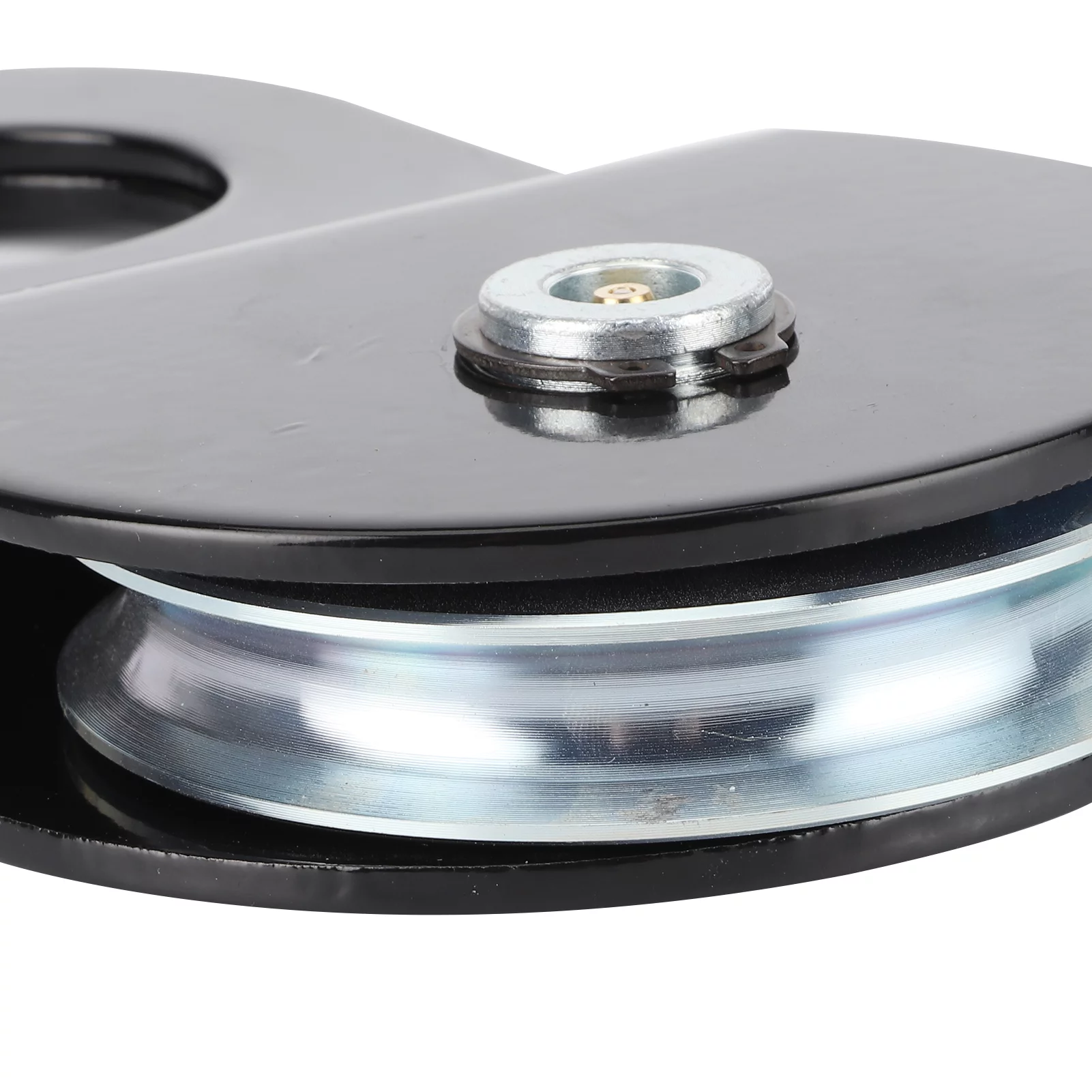
Can winch pulleys be part of rescue and emergency response systems?
Yes, winch pulleys can be an essential component of rescue and emergency response systems. Here is a detailed explanation:
Rescue and emergency response systems often require reliable and efficient equipment to perform various tasks, such as lifting, lowering, or evacuating individuals in hazardous situations. Winch pulleys can be integrated into these systems to enhance their capabilities and contribute to successful rescue operations in the following ways:
- Lifting and Lowering: Winch pulleys enable controlled lifting and lowering of individuals or objects during rescue operations. By incorporating winch pulleys into the system, rescuers can change the direction of force applied to the load, providing the necessary mechanical advantage to lift or lower individuals safely. Winch pulleys distribute the load evenly, minimizing the effort required and ensuring smooth and controlled movement.
- High Load Capacity: Winch pulleys are designed to handle heavy loads, making them suitable for rescue and emergency response situations. They can be integrated into systems that require lifting or lowering individuals who may be injured or incapacitated. The high load capacity of winch pulleys ensures that rescue operations can be performed safely and efficiently, even in challenging circumstances.
- Change of Direction: Winch pulleys allow the cables or ropes to change direction, facilitating access to individuals in difficult-to-reach or confined spaces. In rescue scenarios, where individuals may be trapped in elevated areas, steep slopes, or other challenging locations, winch pulleys enable rescuers to redirect the force and safely reach the individuals in need. The ability to change the direction of force enhances the versatility and effectiveness of rescue operations.
- Increased Control: Winch pulleys provide rescuers with greater control over the lifting or lowering process. They allow for precise and gradual movement, enabling rescuers to navigate obstacles, adjust positioning, or perform delicate maneuvers during rescue operations. The controlled movement facilitated by winch pulleys enhances the safety of both the rescuers and the individuals being rescued.
- Evacuation Systems: Winch pulleys can be integrated into evacuation systems used in emergency response scenarios. For example, in situations where individuals need to be quickly and safely evacuated from high-rise buildings, winch pulleys can be part of the system that lowers individuals down the building using ropes or cables. This ensures a controlled descent and efficient evacuation of individuals in emergency situations.
- Remote Access: Winch pulleys can be used in conjunction with remote-controlled systems to perform rescues in hazardous or inaccessible areas. This allows rescuers to operate the winch pulleys from a safe distance and maneuver individuals or objects to safety without putting themselves at risk. Remote access capabilities provided by winch pulleys enhance the safety and effectiveness of rescue and emergency response operations.
The integration of winch pulleys into rescue and emergency response systems enhances their capabilities by enabling controlled lifting and lowering, providing high load capacity, facilitating change of direction, ensuring increased control, supporting evacuation systems, and allowing for remote access. These features make winch pulleys valuable components in rescue equipment, contributing to the success and safety of rescue operations.

Can winch pulleys withstand harsh environmental conditions?
Winch pulleys are designed to withstand various environmental conditions encountered in marine and boating applications. Here is a detailed explanation:
Winch pulleys are typically constructed using durable materials that are chosen for their strength, corrosion resistance, and ability to withstand harsh environmental conditions. While the specific capabilities of winch pulleys may vary depending on their design, quality, and intended use, they are generally built to endure the following challenging conditions:
- Corrosion Resistance: Winch pulleys are often exposed to corrosive environments, such as saltwater or high humidity. To combat corrosion, many winch pulleys are made from materials like stainless steel, aluminum, or high-quality plastics that are resistant to rust and degradation. These materials help ensure the longevity and performance of winch pulleys in marine and boating applications.
- UV Resistance: Winch pulleys used in open-air or exposed locations are designed to withstand ultraviolet (UV) radiation from the sun. UV-resistant coatings or materials are applied to protect the pulleys from sun damage, such as fading, cracking, or degradation. This UV resistance helps maintain the structural integrity and functionality of winch pulleys over extended periods of exposure to sunlight.
- Extreme Temperatures: Winch pulleys are engineered to operate in a wide range of temperatures. They are designed to withstand both high and low temperature extremes without compromising their functionality. The materials used in winch pulleys are selected to remain stable and perform optimally within the expected temperature ranges encountered in marine and boating environments.
- Water Resistance: Winch pulleys are often exposed to water, whether from rain, splashing, or immersion. They are designed with features that provide water resistance and prevent water intrusion into critical components. Sealed bearings, water-resistant seals, and protective coatings help ensure that winch pulleys continue to operate smoothly and reliably even in wet conditions.
- Vibration and Shock Resistance: Winch pulleys may experience vibrations and shocks during operation, especially in rough sea conditions or when subjected to heavy loads. To withstand these dynamic forces, winch pulleys are designed with robust construction and components that can absorb shocks and minimize vibrations. This helps prevent premature wear, damage, or failure of the winch pulleys.
- Chemical Resistance: In certain marine and boating applications, winch pulleys may come into contact with chemicals, fuels, or cleaning agents. To ensure their durability, winch pulleys are often made from materials that exhibit resistance to common chemicals and solvents. This chemical resistance helps protect the pulleys from damage or degradation when exposed to potentially corrosive substances.
While winch pulleys are built to withstand harsh environmental conditions, it is important to note that their performance and durability can still be influenced by the severity and duration of exposure. Regular maintenance, cleaning, and following the manufacturer’s guidelines for usage and storage can help maximize the lifespan and reliability of winch pulleys in demanding marine and boating environments.
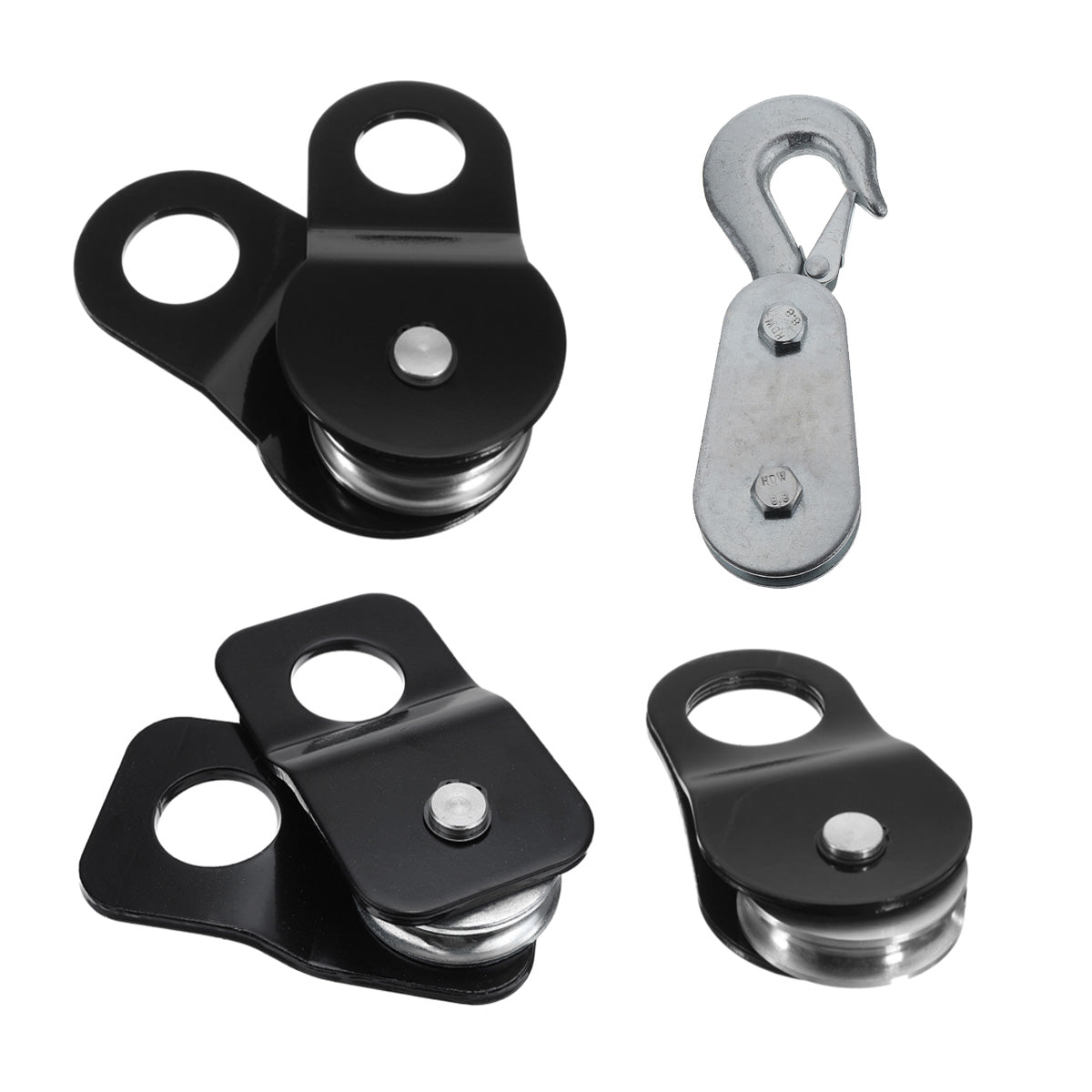
How do winch pulleys impact the load-bearing capacity of winches?
Winch pulleys play a significant role in determining the load-bearing capacity of winches. Here is a detailed explanation of how winch pulleys impact the load-bearing capacity of winches:
Winch pulleys are used to change the direction of the force applied by the winch, allowing for increased pulling power or load capacity. When a winch pulley is incorporated into the system, it creates a mechanical advantage that affects the effective load-bearing capacity of the winch.
The mechanical advantage provided by a winch pulley is determined by the number of times the winch cable or rope wraps around the pulley sheave. This is often referred to as the “line pull advantage” or “block and tackle” arrangement. The more times the cable wraps around the pulley, the greater the mechanical advantage and the higher the load-bearing capacity of the winch.
For example, a winch pulley with a single wrap around the sheave provides a 1:1 mechanical advantage, meaning the load capacity of the winch remains the same as the winch’s rated capacity. However, when the winch cable wraps multiple times around the pulley sheave, the mechanical advantage increases. Each additional wrap effectively doubles the load-bearing capacity of the winch.
It’s important to note that while using a winch pulley can increase the load-bearing capacity, it also reduces the line speed or retrieval speed of the winch. This is because the mechanical advantage gained through the pulley system requires more cable or rope to be pulled in to achieve the desired movement of the load.
Additionally, the load-bearing capacity of a winch pulley system is also influenced by other factors such as the strength of the winch cable or rope, the construction and materials of the winch pulley, and the overall design and build quality of the winch system.
Therefore, when using a winch pulley to increase the load-bearing capacity of a winch, it is crucial to consider the manufacturer’s recommendations, the limitations of the winch and cable or rope, and the specific application requirements to ensure safe and efficient operation.


editor by CX
2024-05-08

